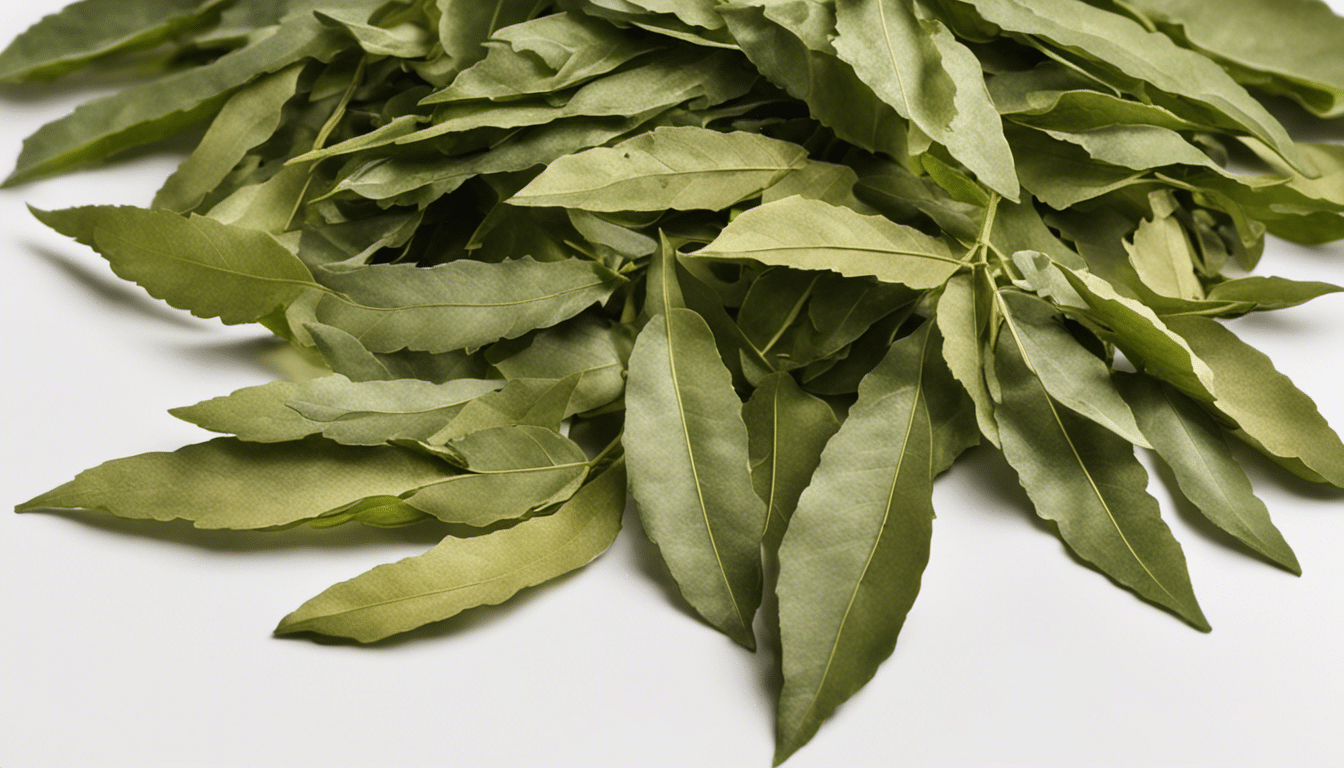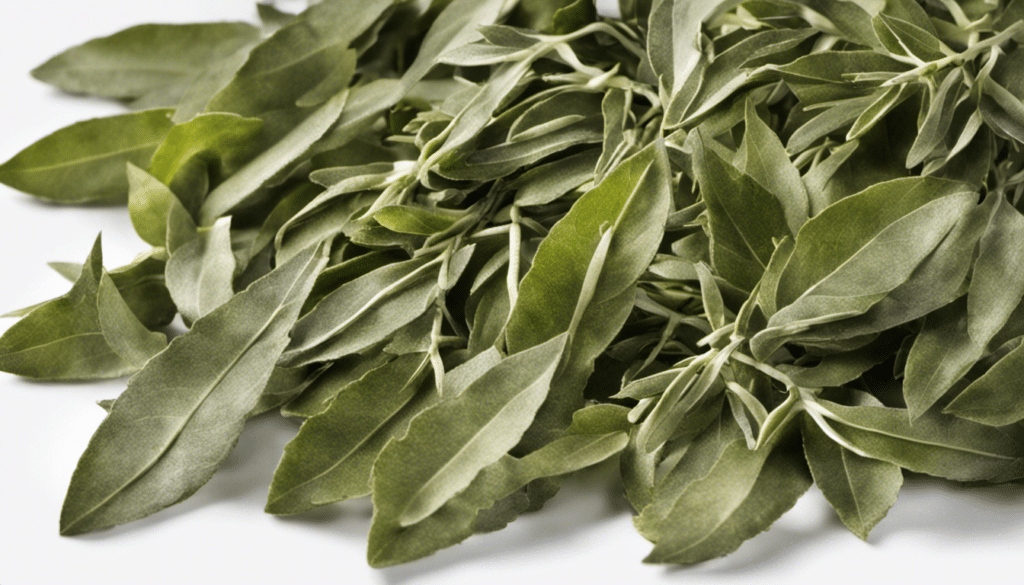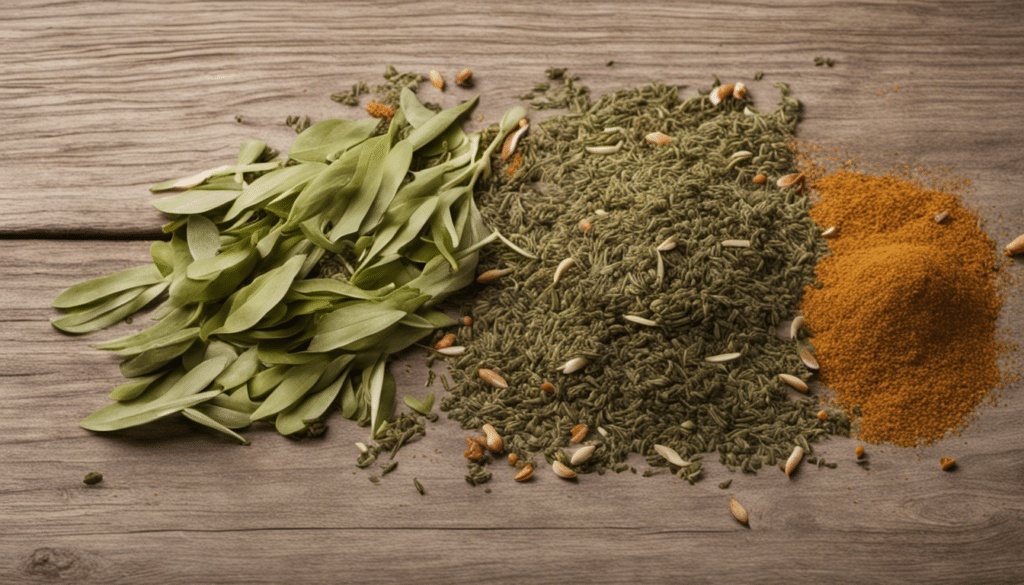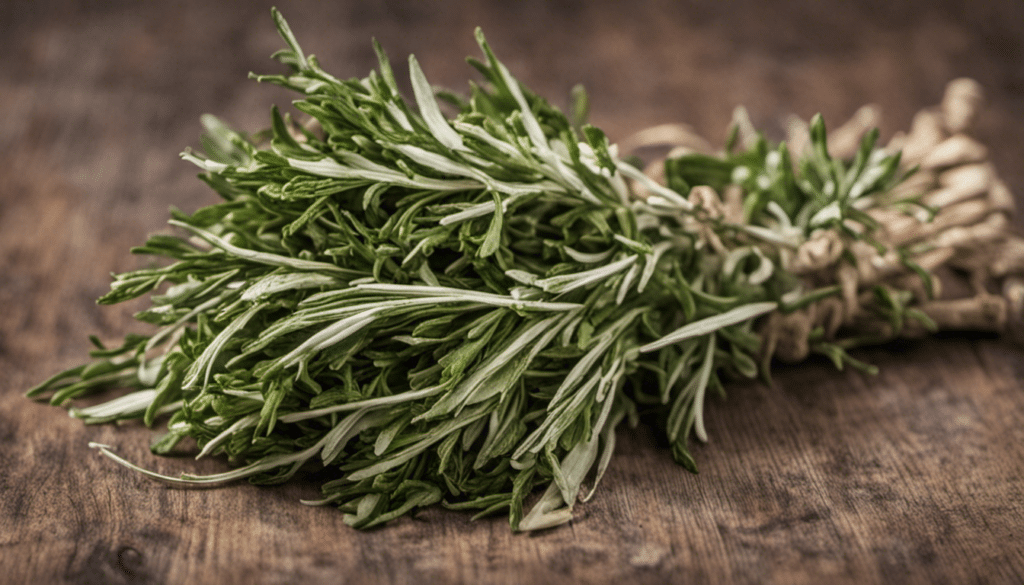Everything You Need to Know About Curry Leaf

Origins of Curry Leaves
The curry leaf tree, or Murraya koenigii, is a plant native to India. Its aromatic foliage is an integral part of the South Asian cultural and culinary landscape. These leaves offer an irreplaceable and unique flavor to a vast array of dishes they grace. It’s believed that curry leaves were first used in early Tamil civilization, an ancient culture in South India.
The curry leaf tree thrives in tropical and subtropical climates. As a result, it’s widespread in many areas of Asia besides India, including Sri Lanka, Malaysia, and parts of China. While it’s best known in these countries, the use of curry leaves has spread worldwide through the expansion of Asian culinary influences.
Under Different Names
Curry leaves are known by many other names due to its widespread distribution across different languages and cultures. In its native Tamil language, it is referred to as “Karuveppilai”, translating to “black neem”. Other names include “Kari Patta” in Hindi, “Karivepaku” in Telugu, and “Kari Bevu” in Kannada. Despite the nominal confusion, it’s important to note that curry leaves bear no relation to curry powder, a blend of several spices.
Utilization in Cuisine
In culinary uses, fresh curry leaves are typically used rather than dried ones. They provide a unique, earthy flavor profile to dishes, with a subtle aroma that can subtly transform the overall taste of a meal. Whether it is in a ‘sambar’ (a South Indian lentil soup), a biryani, or stir-fried vegetables, curry leaves bring a depth of flavor that is hard to replace. NPR describes their flavor as citrusy and nutty.
Health Benefits
Curry leaves are not just about flavor; they bring a handful of health benefits to the dining table. They are a rich source of iron and folic acid, thereby preventing anemia. Traditional ayurvedic medicine lauds curry leaves for their anti-inflammatory and anti-diabetic properties. These leaves are also known to have hepatoprotective properties, reducing oxidative stress on the liver.
With the increase in popularity of natural and plant-based remedies and wellness, curry leaves are gaining more attention for their benefits to hair and skin. Topically applying an oil made from curry leaves is believed to stimulate hair growth and provide a remarkable shine.
Fresh curry leaves can often be found in Asian grocery stores or online. Their unique flavor and health benefits make them a worthwhile addition to your spice cupboard. Remember to store fresh leaves in an airtight container in the refrigerator to ensure they keep their aroma and taste.
Curry Leaf Recipe Ideas
- Curry Leaf and Coconut Chicken
- Curry Leaf Butter
- Curry Leaf Rice
- Pumpkin Soup with Curry Leaves
- Curry Leaf and Ginger Chutney
- Spiced Red Lentils with Curry Leaves
- Curry Leaf Cheddar Biscuits
- Curried Potato Salad with Curry Leaves
- Fried Fish with Curry Leaves
- Curry Leaf and Cardamom Ice Cream



